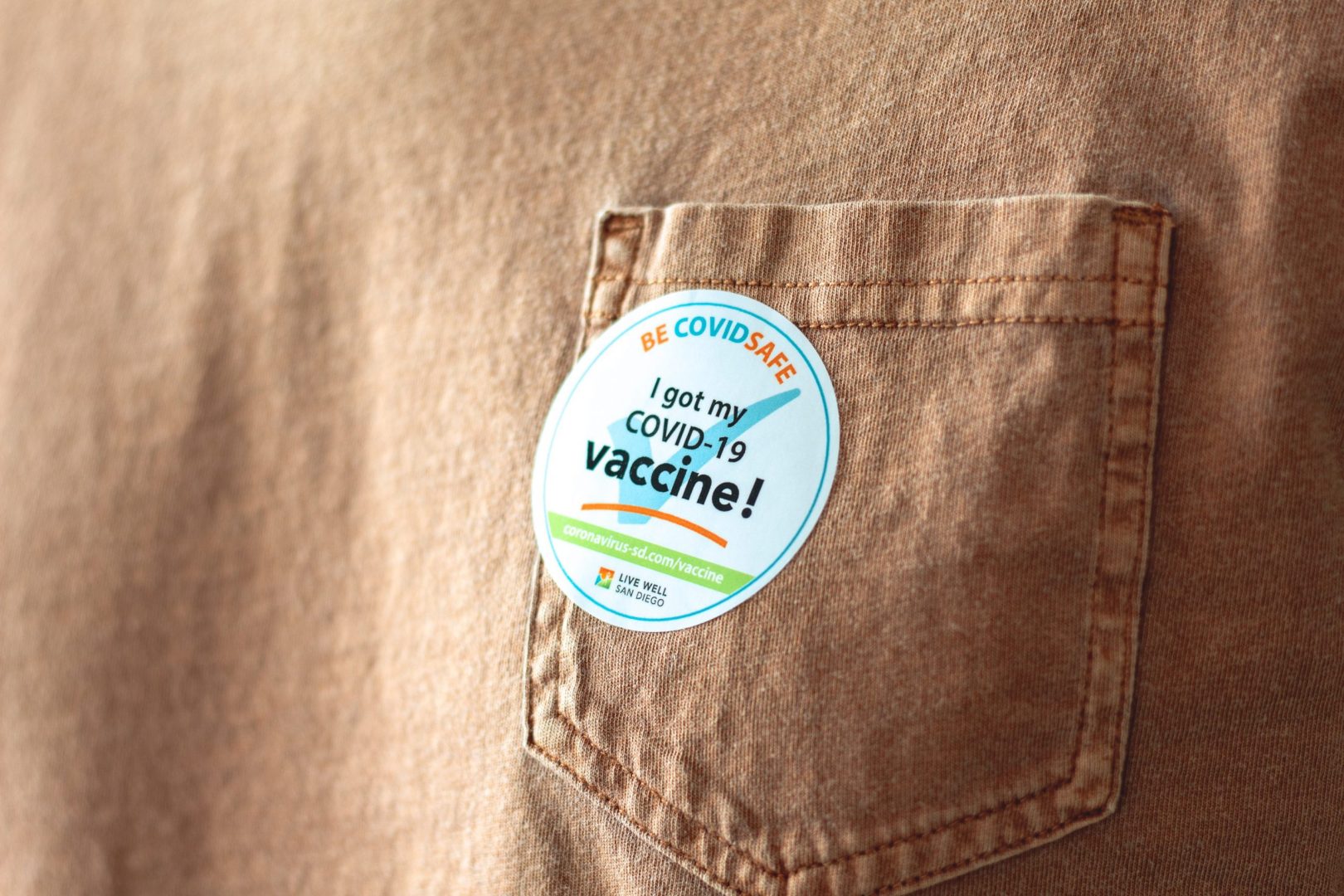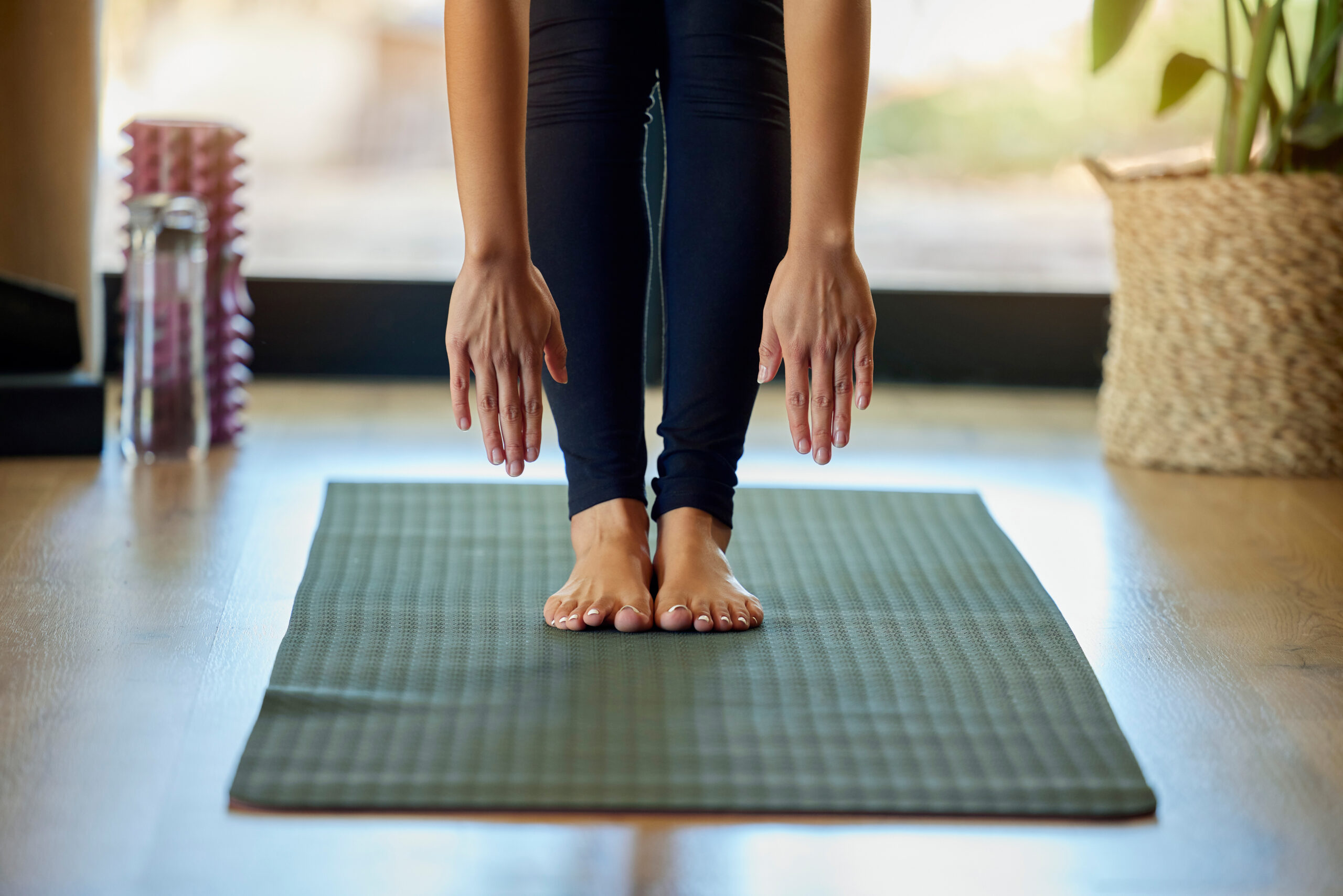When looking at sexual and reproductive health access across America, geography matters. And we see rural communities facing bigger gaps in access to services and comprehensive sex education.
True You Maryland brings together partners in six rural Maryland counties with the shared mission to advance the sexual health and well-being of youth—no matter who they are and where they live.
Rural youth are not a monolith, and yet, many face shared structural and systemic barriers that make it harder to access quality sexual and reproductive health care and education.
Rural youth are not a monolith, and yet, many face shared structural and systemic barriers that make it harder to access quality sexual and reproductive health care and education. When compared to their urban counterparts, youth living in rural areas have fewer healthcare options, longer distances to reach providers, less—if any—public transportation options, higher poverty rates, and lower rates of insurance coverage, amongst other challenges. The results of these inequitable systems and structures can lead to disparities in sexual and reproductive health outcomes.
As the sexual and reproductive health landscape in America changes, young people are (and will continue to be) among the first to experience the impacts. There are concerted efforts to strip the bodily autonomy, care, and options for young people in America—but the evidence is clear—fewer rights and less education is not the answer. We know that sexual and reproductive health is not just about risk reduction or preventing pregnancy or disease—it’s also about healthy relationships, sex positivity, gender and sexuality, and so much more. It’s about equipping young people with the information and services they need to thrive.
So, what is being done or can be done on the state and federal levels to protect (and advance!) the adolescent and sexual health needs of rural youth?
Here are three ways we can work together to help ensure that all youth, regardless of their ZIP code, have equitable access to sexual and reproductive health care and education.
1. Free the Pill!
Oral contraceptives, or birth control pills, are one of many methods that reduce the risk of unplanned pregnancy. The pill can also be used to control acne, manage periods, and more. This method has been around for several decades and is one of the safest and best-studied medications around.
A coalition of reproductive health, rights, and justice organizations are advocating for over-the-counter (OTC) birth control pills in the United States that are affordable, fully covered by insurance, and available to people of all ages.
For some rural youth, having this option could be game changer. If young people had the ability to find the pill on store shelves, without a prescription, and without having to first see a doctor (who could be located miles from home), this could give them the agency and flexibility to make a reproductive health decision on their own terms.
In fact, movement towards this reality is underway. Just last month, the first ever application for an OTC birth control pill was submitted to the FDA! True contraceptive freedom for youth would mean ensuring that all youth have access to the full range of methods, but freeing the pill is an important first step in moving us forward towards that goal.
2. Protect & Expand Healthcare Access
Nearly one in five Americans live in rural areas and depend on rural health providers for care, but rural communities face a shortage of essential healthcare providers, especially in primary care fields. And the ongoing COVID-19 pandemic has only exacerbated this problem—leaving the public health and healthcare systems overstrained and understaffed. In 2020 alone, 19 rural hospitals across America closed their doors.
One response has been incentivizing healthcare providers to work in rural areas. Most states offer a variation of scholarships and loan forgiveness or loan repayment programs to help fill this gap.
Another response that has been explored and supported during the pandemic is telehealth—or the ability the receive medical care online. Earlier this summer, a bipartisan bill, the Rural Health Telehealth Access Act, was introduced to Congress. This legislation could mean that telehealth restrictions would be eliminated, providers could be reimbursed for services, and services could include audio-only telehealth appointments. This is important since many rural Americans (39%) don’t have reliable, affordable broadband access.
Telehealth is promising and broad-reaching tool, and yet, policy makers and community leaders must keep the priorities of youth centered as expansions continue. Privacy and the confidentiality of services, equitable access to internet, flexibility of service hours, and efforts to increase both health and internet literacy are critical to its success with rural youth.
3. Integrate Quality Services & Comprehensive Sex Ed into Schools
Transportation barriers present major concerns for young people trying to access quality health care in rural communities. Many communities have found success integrating or linking health systems with their local school systems. This integration brings services to youth, rather than having youth find a way to the services.
School-based health centers (SBHC), first on the map in the 1970s, provide a variety of services to improve the overall health of students and their family members. Almost all SBHC’s offer primary care, but other services, such as sexual and reproductive health services, vary by location and have been a source of heated debate. SBHCs are a promising tool to address adolescent health, and yet only 28% of SBHCs are located in rural communities.
Youth deserve services and education that will protect and promote their health. That means STI and pregnancy testing, HPV vaccinations, contraceptive and abstinence counseling, actually dispensing contraceptive methods, and more. Although 37% of SBHCs that serve middle or high school students dispense contraceptives on-site, roughly half are prohibited from doing so. Most of these prohibitions are imposed by the state government, local government, or the school board/district.
Another decision determined by state and local bodies is whether sexuality education is taught in schools, and in what form. The evidence is clear that implementing comprehensive sexuality education results in positive health outcomes. These programs help young people delay sexual intercourse, increase condom and contraceptive use, and reduce the number of sexual partners. Beyond that, evidence shows that these programs also result in increased appreciation of sexual diversity, dating and intimate partner violence prevention, development of healthy relationships, prevention of child sex abuse, improved social/emotional learning, and increased media literacy. This evidence is promising news and should be reason for continued advocacy!
All young people, regardless of where they live, deserve the chance to thrive. To thrive, sexual and reproductive health services and education must be available to them and reflective of them. Join us in creating a world where rural youth get equal access to sexual and reproductive health services and education!
PHOTO CREDIT: Halfpoint on Adobe Stock








